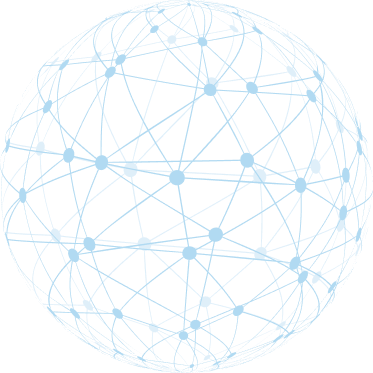NeuroLeadership Principles Every Coach Should Know
A VP of HR once said during a coaching debrief, “It’s not that our leaders don’t care. It’s that they don’t understand what’s happening in the brains of their people—or their own.”
That statement stuck with me. Because for all the focus on leadership competencies, communication skills, and personality tools, many development efforts overlook a fundamental truth: leadership is a biological experience. And coaching is, at its core, about helping humans navigate their internal systems—emotionally, mentally, relationally.
That’s where NeuroLeadershipcomes in.
What Is NeuroLeadership?
NeuroLeadership is the integration of neuroscience with leadership development. It explores how the brain drives behavior—how leaders think, decide, regulate, relate, and perform under pressure.
For coaches, it’s not just interesting—it’s essential. Because when you understand how the brain actually works, you can coach in ways that are more precise, impactful, and lasting.
Here are five foundational NeuroLeadership principlesevery coach should know—and use.
1. The Brain Is a Social Organ
One of the most important insights from neuroscience is that the brain experiences social interaction as a form of survival. Belonging, fairness, recognition—these aren’t just “soft skills.” They are biological needs.
In fact, social threats (like exclusion or criticism) activate the same neural pathways as physical pain.
As a coach, this insight is powerful. It means your client’s fear of confrontation may not be about conflict—it may be about survival. Their hesitance to delegate may stem from a fear of disconnection, not control.
The brain’s primary job is to keep us safe. And safety isn’t just physical. It’s emotional and relational too.
2. Emotion Drives Decision-Making
Despite decades of training that elevates logic and data, research shows that humans make decisions emotionally first, then justify them rationally.
This has deep implications for how we coach.
If your client is struggling to move forward—even when they knowwhat they “should” do—it’s likely an emotional block. Coaching isn’t just about strategy. It’s about surfacing the emotion beneath the hesitation.
- What are they afraid of?
- What story are they telling themselves?
- What’s at stake ifthey succeed?
Coaches who ignore emotion miss the real decision-making drivers.
3. The Prefrontal Cortex Has Limits
The prefrontal cortex is the part of the brain responsible for executive functions—focus, planning, empathy, impulse control. It’s also easily overloaded.
Stress, multitasking, and fear can quickly shut it down, pushing your client into reactive, habitual behavior.
That means even your most strategic, emotionally intelligent clients can’t access their best thinking when under pressure. As a coach, helping clients regulate their nervous systems (through breathwork, pacing, perspective shifts) isn’t just wellness—it’s performance.
If your client can’t think clearly, don’t give them more to think about. Help them calm their system first.
4. The Brain Is a Prediction Machine
The brain hates uncertainty. When it doesn’t know what’s coming next, it fills in the blanks—usually with worst-case scenarios. This is why ambiguity is one of the most cognitively taxing experiences in the workplace.
As a coach, you can help clients move from ambiguity to clarity by creating structure:
- Clear goals
- Defined roles
- Simple frameworks
- Reframing uncertainty as opportunity
Coaching isn’t just about asking questions. It’s about building cognitive safety—so your client can shift from survival mode to solution mode.
5. Change Requires Repetition and Reward
The brain doesn’t change because of one big insight. It changes through repetition, reinforcement, and emotional significance.
This has a direct impact on how we coach for behavior change.
Don’t just help your client have a great “aha” moment. Help them:
- Practice new behaviors in small, repeatable ways
- Track and reflect on their progress
- Celebrate micro-wins along the way
Neural pathways are like trails in the woods—the more you walk them, the clearer they become. Coaches help clients carve new paths through intentional practice, not just intention.
Coaching with the Brain in Mind
At its best, coaching isn’t just about what to do next. It’s about understanding whyclients do what they do—and giving them tools to work with, not against, their biology.
NeuroLeadership empowers coaches to:
- Ask better questions
- Interpret behavior more accurately
- Create space for emotional regulation
- Equip clients to think and act more clearly under pressure
And that’s what drives sustainable growth.
The Quiet Edge
Great coaching doesn’t always look dramatic. Sometimes, it’s helping a client pause before reacting. Or reframe a limiting belief. Or breathe before a hard conversation.
At Braintrust, we teach coaches how to do just that—by using neuroscience to deepen awareness, communication, and change. If you’re ready to coach with the brain in mind, you’re already on the right path.
Because the more we understand how people are wired, the better we can help them grow.





